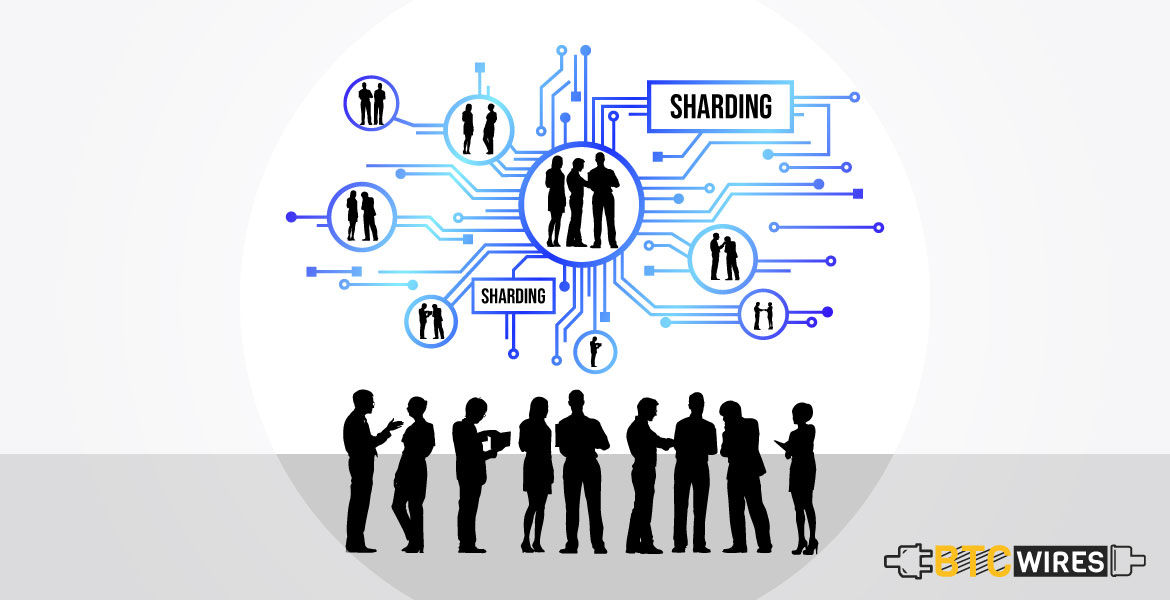Have you ever tried to place 10 heavy books on

Have you ever tried to place 10 heavy books on a cardboard box?
You will notice that the box cannot bear the burden and will inevitably crumble.
Now try placing the books individually on 10 different boxes.
Voila! You have figured out the very basic concept of sharding– sharing the load.
You May Also Read: Blockchain Technology
Sharding: Explained
To put it simply, a shard is a portion of a database that contains only a part of the information. So when implemented to a blockchain, it will only contain a part of the entire blockchain.
Information is stored in a shared manner in a shard, and it is separately stored in individual server instance.
As you know, a blockchain is maintained on nodes, and when sharding is implemented, each node contains information only on the shard. This information is shared, and hence, decentralization is maintained,
One of the prime issues with blockchain is scalability. Sharding can help solve this problem if implemented properly.
You May Also Read: Blockchain Scalability
How Does It Work On a Blockchain?
A blockchain that uses sharding, cannot use the Proof of Work (PoW) consensus algorithm which requires majority of the participating nodes to approve the transaction.
Since sharding essentially means one shard containing only a specific portion of the information, it can’t be validated by the majority of the nodes.
Thereby, it works on a Proof of Stake (PoS) consensus algorithm.
So when sharding is implemented, only specific nodes termed as ‘stakers’ can validate the transaction. Thereby, mining requirement is almost obliterated and it is a cheaper alternative to the PoW consensus algorithm.
You May Also Read: Blockchain Programming Explained
Why Should One Use Sharding?
Blockchain is an excellent technology, but it does have a few issues that can be solved via the use of sharding.
It is common knowledge that the transaction speed of blockchain is much slower than that of Visa or American Express. This makes it a less viable alternative to online fiat transactions. Sharding is one such method that blockchain developers are considering in order to improve transaction speed.
Sharding also ensures higher security for the blockchain since it identifies only the loyal stakers who have been designated the duty of validating the transactions.
Thus if Sharding is implemented in a blockchain, it can effectively solve some of these issues of latency and scalability that hold the technology back from reaching its true potential.
Here Are a Few Articles You May Like To Read Next:

